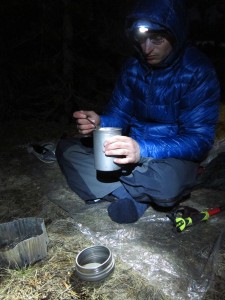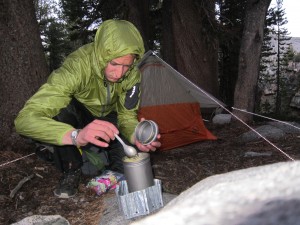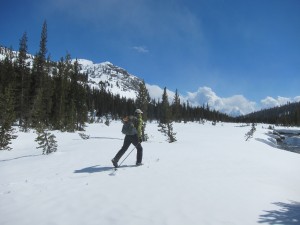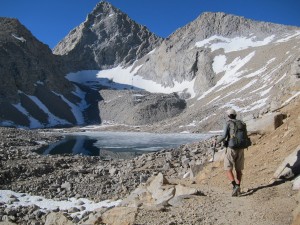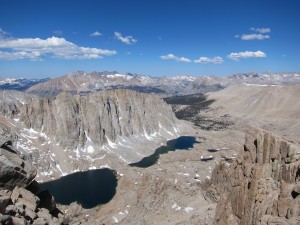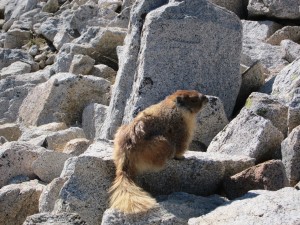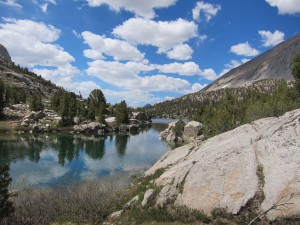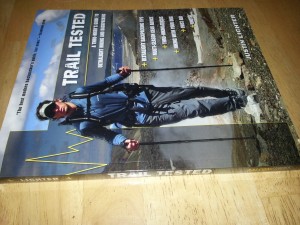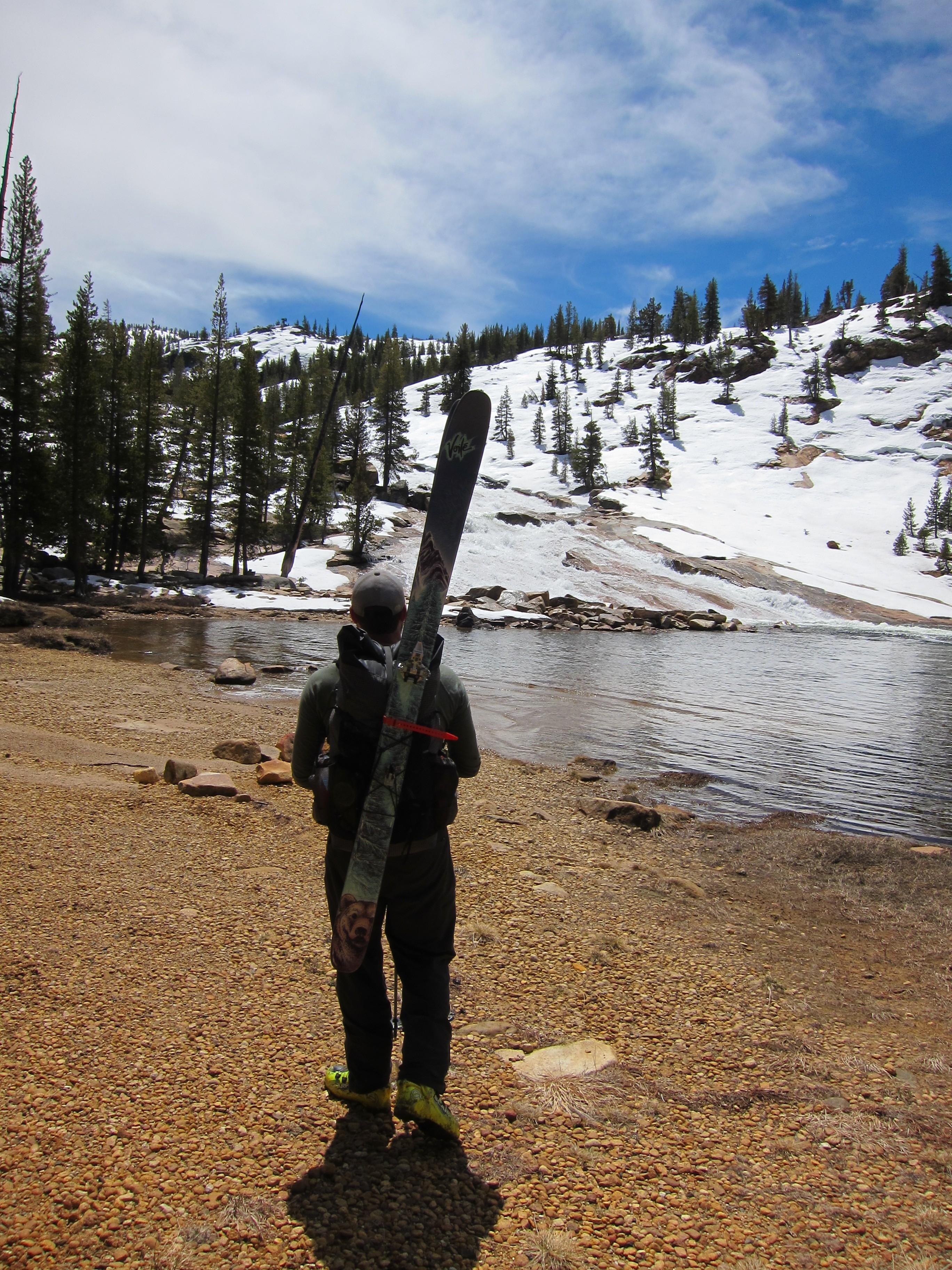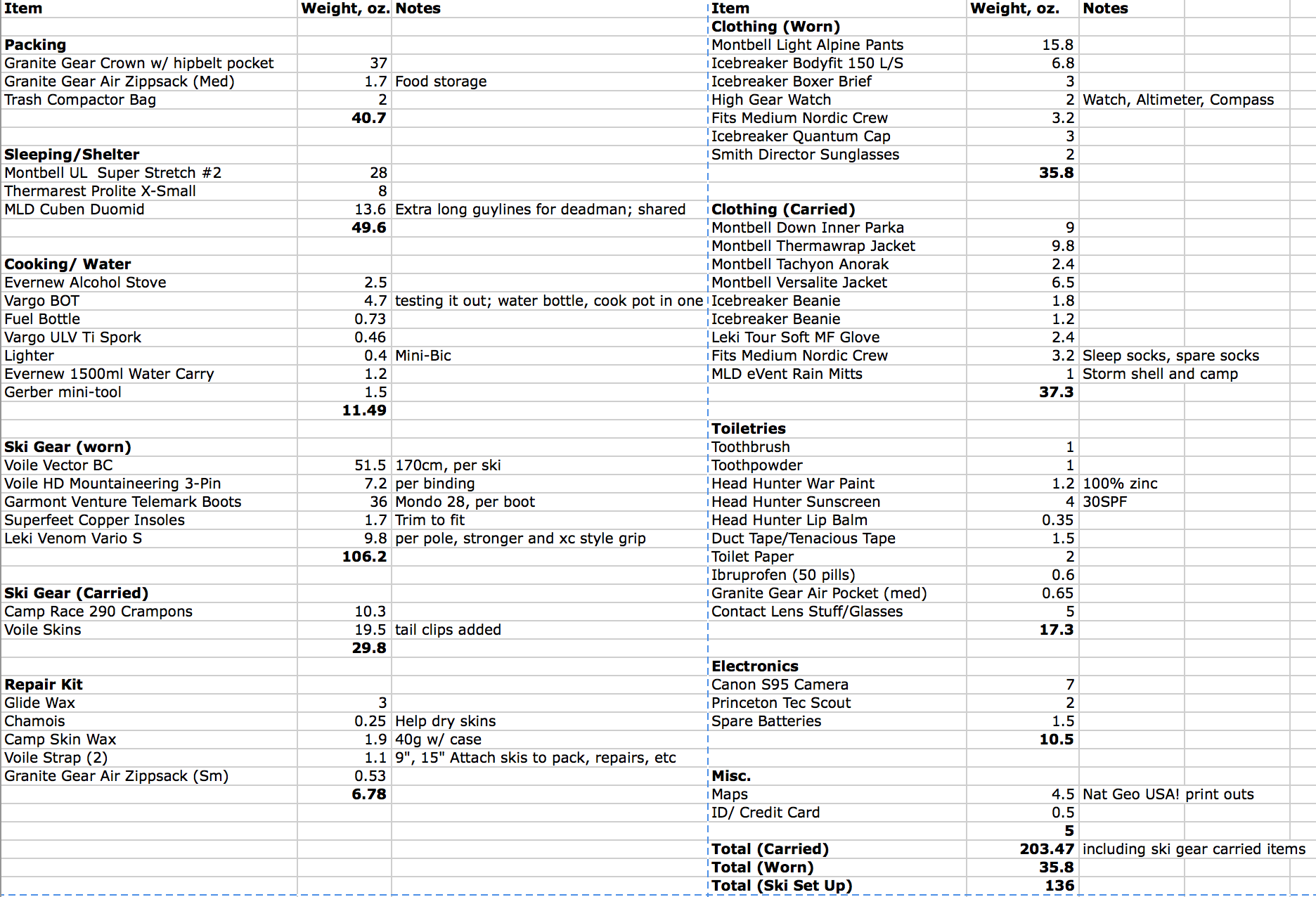Details are finalized and plane tickets are now booked, which means that I can officially say that the trip is on! I am really excited for this hike and am literally preparing for the trip as I post (yes, I am eating Ben & Jerry’s while I type this).
It may seem strange to a lot of people that I am headed out on a month long hike with someone that I met in person for the first time only three weeks ago. I met Cam Honan (Swami) in person at a hiker gathering at the end of September. We had been e‑mailing off and on for a few years about information on various hikes. In the late summer and fall we were corresponding about the Copper Canyon when we decided to adjust course from solo trekking and add the security of a partner for this hike. I think this ability to comfortably add a hiking partner, even one that you hardly know, really says a lot about the hiking community and everything we have in common. Once you have hiked a certain amount of miles, in varying environments, your outlook on hiking, life, and the unexpected is likely to be fairly similar. With that having been said, Cam has hiked A LOT! I think Cam and I have very similar hiking styles and I am really excited to head out with him on this trip.
Now some details on the trip, since that is probably what you are all interested in:
Who: Cam Honan (Swami) and Justin Lichter (Trauma)
What: We will be traversing the Copper Canyon region in Mexico, connecting all of the major canyons in the area.
When: We will be heading out in mid-November and hope to complete the route before Christmas.
Where: The Copper Canyon region in northern Mexico.
Why: The Copper Canyon is a remote and beautiful area in northern Mexico. The canyon system is the deepest in North America, deeper than the Grand Canyon. There is tremendous recreation potential in the area but the region gets a bad rap from some of the dangers associated with travel in northern Mexico. We intend to link up the major canyons to traverse the region, not in the straight line, shortest distance possible type of plan, but in weaving through the area connecting the canyons and areas that look impressive and scenic. We expect the route to be somewhere between 350–450 miles. We’ll have a better idea of that when we get on the ground. It is very hard to tell the exact mileage with all of the twists and turns in the canyons. We will be hiking, swimming, canyoneering, packrafting, and of course — ‘shwacking.
Check back for more posts before the trip as the details get ironed out and as we are in the field.
Cam has also posted some great information and background on the region on his website at http://www.thehikinglife.com/journal/2013/10/full-length-traverse-of-mexicos-copper-canyon-region/
